Archives
- 2025-12
- 2025-11
- 2025-10
- 2025-09
- 2025-03
- 2025-02
- 2025-01
- 2024-12
- 2024-11
- 2024-10
- 2024-09
- 2024-08
- 2024-07
- 2024-06
- 2024-05
- 2024-04
- 2024-03
- 2024-02
- 2024-01
- 2023-12
- 2023-11
- 2023-10
- 2023-09
- 2023-08
- 2023-06
- 2023-05
- 2023-04
- 2023-03
- 2023-02
- 2023-01
- 2022-12
- 2022-11
- 2022-10
- 2022-09
- 2022-08
- 2022-07
- 2022-06
- 2022-05
- 2022-04
- 2022-03
- 2022-02
- 2022-01
- 2021-12
- 2021-11
- 2021-10
- 2021-09
- 2021-08
- 2021-07
- 2021-06
- 2021-05
- 2021-04
- 2021-03
- 2021-02
- 2021-01
- 2020-12
- 2020-11
- 2020-10
- 2020-09
- 2020-08
- 2020-07
- 2020-06
- 2020-05
- 2020-04
- 2020-03
- 2020-02
- 2020-01
- 2019-12
- 2019-11
- 2019-10
- 2019-09
- 2019-08
- 2019-07
- 2019-06
- 2019-05
- 2019-04
- 2018-11
- 2018-10
- 2018-07
-
Protein blast analysis of the sequence of
2023-09-12
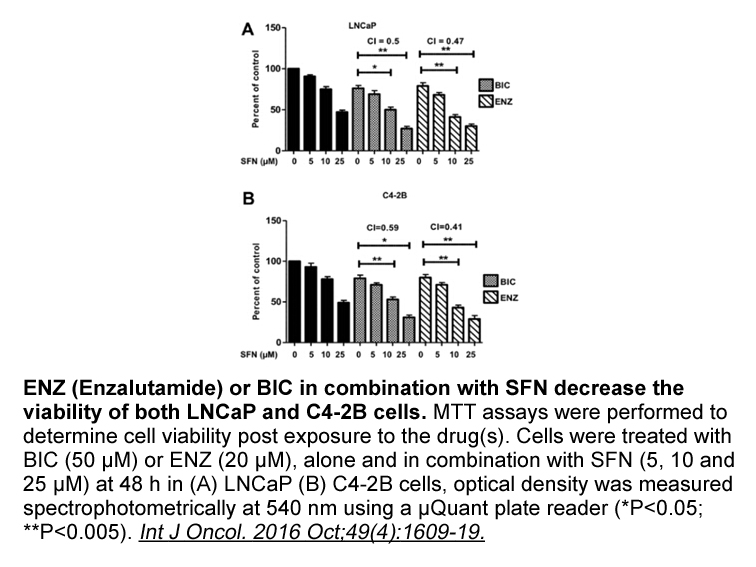
Protein blast analysis of the sequence of globin-B with those of other Sitagliptin phosphate receptor suggests that the globin-B domain in the HemAC-Lm displays only 6% identity and 34% similarity with that of cytoglobin/neuroglobin (Fig. 2). Furthermore, SWISS-MODEL protein modeling also predicts
-
When added to the culture medium extracellular ATP is metabo
2023-09-12

When added to the culture medium, extracellular ATP is metabolized into adenosine by ectonucleotidases, and ARs are then activated by adenosine with concentrations in the micromolar range [27]. However, our study showed that activation of ARs by exogenous adenosine could not induce the odontoblastic
-
br Roles for GMF in Endocytic Traffic In addition
2023-09-12
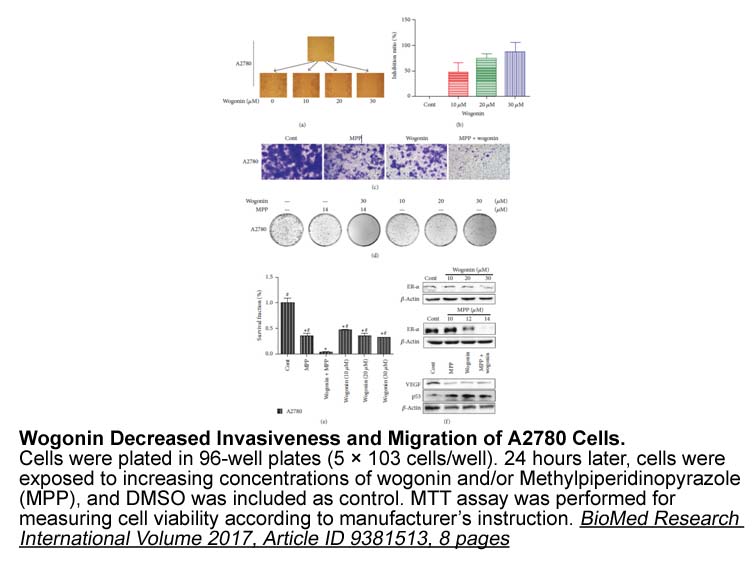
Roles for GMF in Endocytic Traffic In addition to its roles in cell migration, GMF regulates actin-dependent endocytosis in yeast and mammals 13, 14, 50, and promotes the turnover of focal adhesions in immune Ch 55 42, 51. Vinculin, a central component of focal adhesions that anchors cells to th
-
The fact that the BPloopAsn regains
2023-09-12
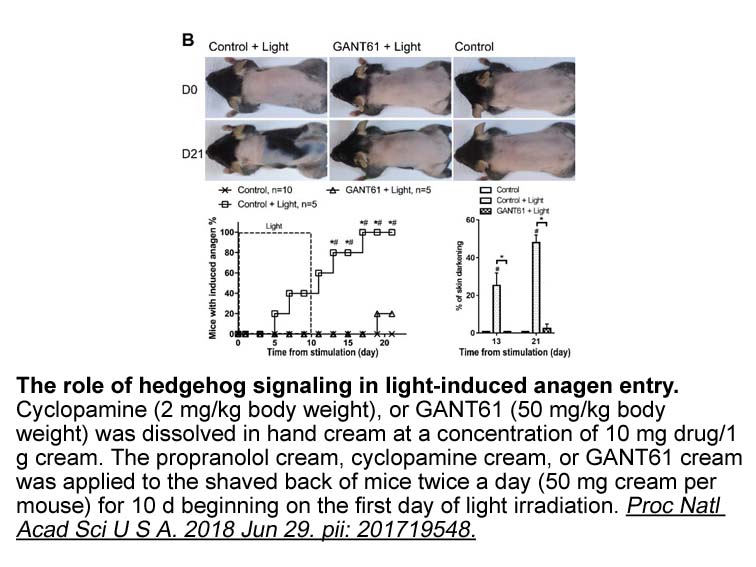
The fact that the α1-BPloopAsn141 regains its α-Btx binding with a Kd similar to that of the wild type α1 ECD [18], suggests that the AChBP Cys-loop does not interfere with the correct conformation of the mutant ECD. Data from analogous mutants of the human neuronal α7 subunit ECD showed improved li
-
br Perspectives Given the complexity of the cellular
2023-09-12
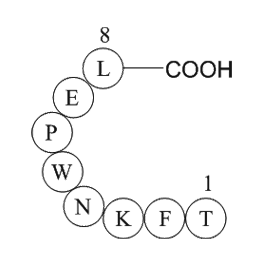
Perspectives Given the complexity of the cellular interactome and of protein scaffolding, further progress in revealing how individual membrane proteins, including APP and AChE, interact with each other at various levels, from cell-surface shedding to gene regulation, will clarify some intrinsic
-
br Funding br Ethics br Conflict of interest br
2023-09-12
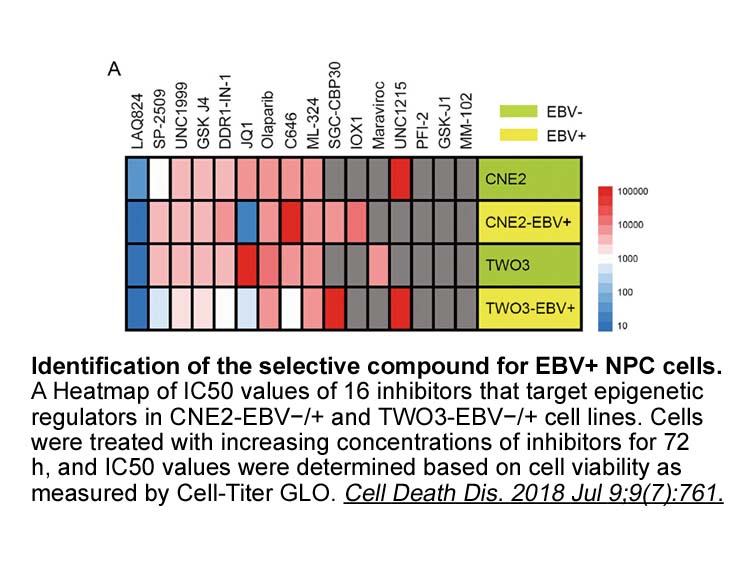
Funding Ethics Conflict of interest Acknowledgements Introduction Hepatic fibrosis occurs in response to different etiologies of chronic liver injury, which is mainly accompanied by pathological Sodium Phenylbutyrate of excessive extracellular matrix (ECM) of the liver, as the common
-
NS 1619 receptor br The Molecular Machinery of
2023-09-12
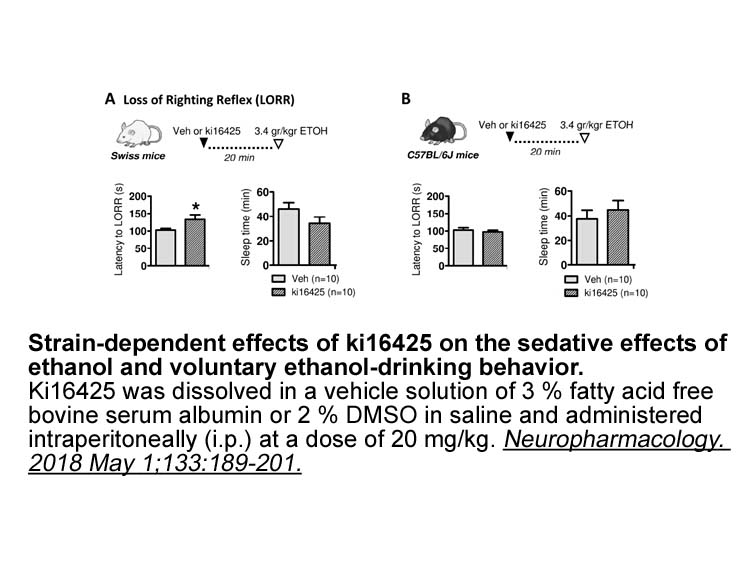
The Molecular Machinery of Autophagy and Regulation by Sphingolipids Sphingolipid-Mediated Autophagy in Cancer: Dr. Jekyll and Mr. Hyde Autophagy is an evolutionarily conserved stress response that typically promotes survival and antagonizes apoptosis. However, excessive autophagy was found to
-
TLX may promote survival and prevent apoptosis
2023-09-12
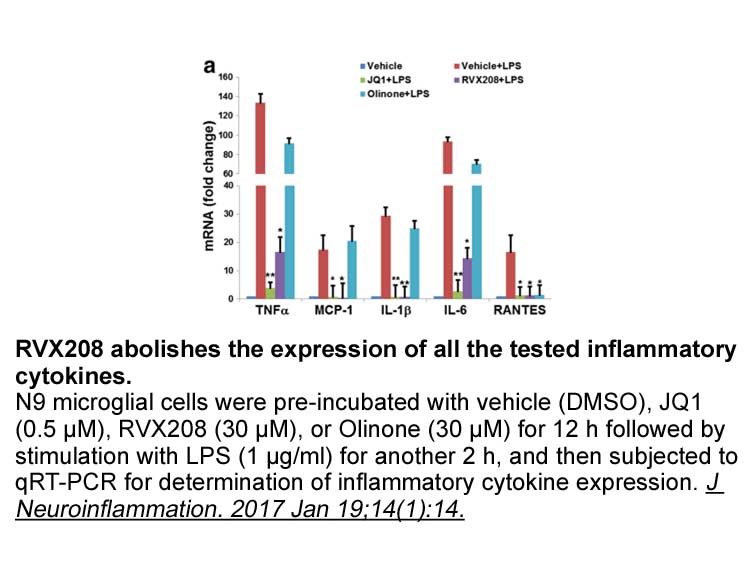
TLX may promote survival and prevent apoptosis in NB 155 7 mg [12]. Here, we ask whether the survival-promoting effects of TLX are mediated by Apoptosis Signal-regulating Kinase-1 (ASK1, MAP3K5). ASK1 is a member of the Mitogen-Activated Protein (MAP) kinase family and it preferentially activates t
-
br Physiology of the apelin
2023-09-12
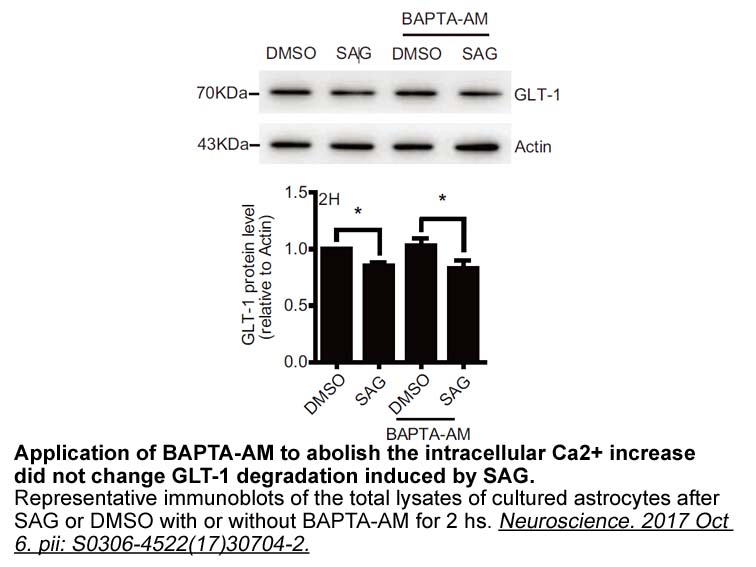
Physiology of the apelin pathway Role of apelin in heart disease Both apelin and apelin receptor null mice manifested moderate reduction in cardiac contractile function under basal conditions and their exercise capacity was markedly reduced (Table 1) [56]. Apelin has direct effects on the prop
-
salidroside australia Since E was shown to affect the expres
2023-09-12
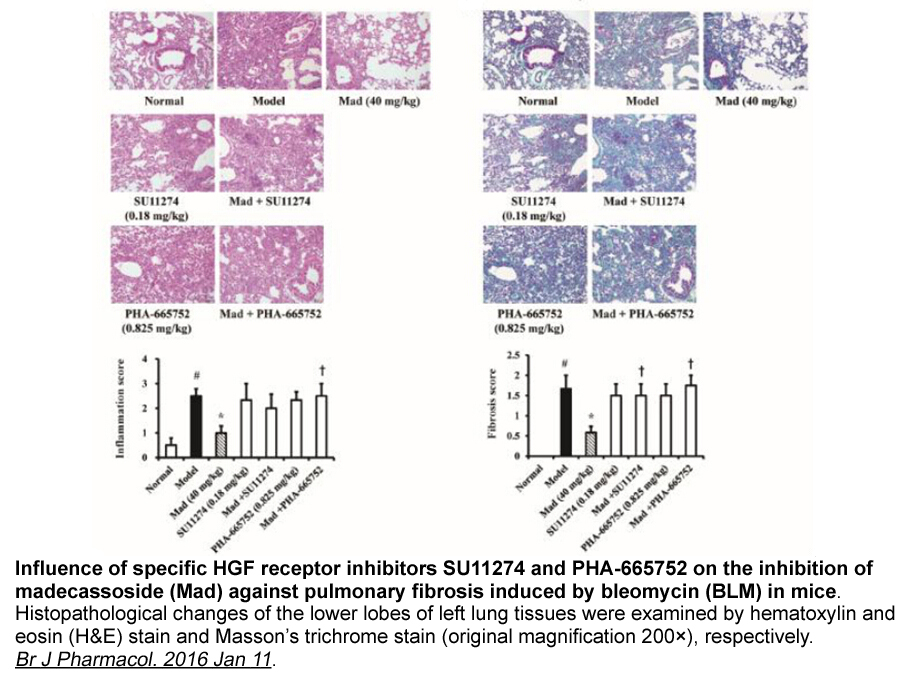
Since E2 was shown to affect the expression of Hsps, the transcript expression levels of another 11 Hsps were also evaluated by real-time PCR with their specific primers. The transcripts of 4 proteins (Hsp10, Hsp56, Hsp70a and Hsp110) were significantly up-regulated, but that of Hsp47 was significan
-
Arecaidine but-2-ynyl ester tosylate Some of the earliest LO
2023-09-11
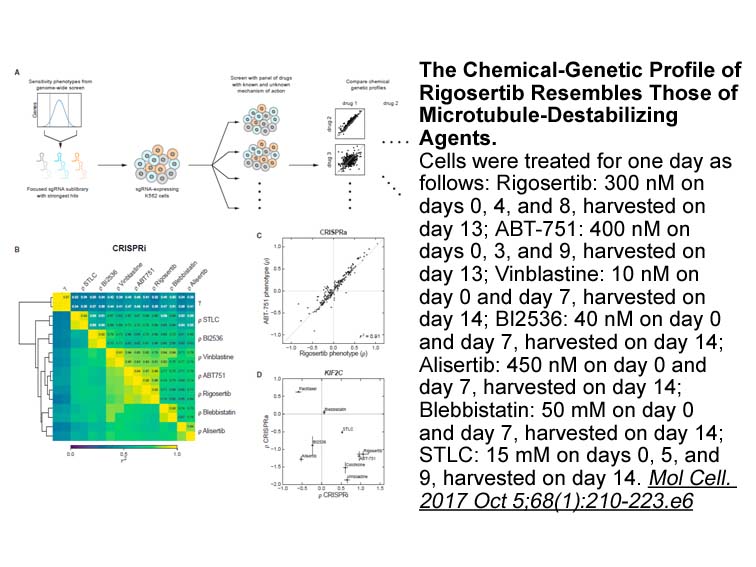
Some of the earliest 12-LOX inhibitors were redox inhibitors, including nordihydroguaiaretic Arecaidine but-2-ynyl ester tosylate (NDGA), BW 755C, and baicalein 48, 49, 50. Redox inhibitors block the oxidation of the nonheme iron at the cataylytic site, preventing its conversion from the inactive (
-
br Material and methods br Results br
2023-09-11
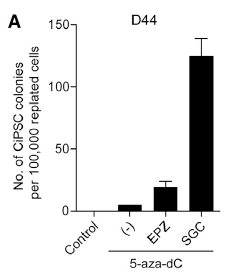
Material and methods Results Discussion Although we were not able to detect 12/15-LOX mRNA in the lungs of 12/15-LOX knockout mice substantial amounts of 15-HETE could be detected in BALF. In fact, significant synthesis of 15-HETE in 12/15-LOX mice have been already reported [17]. The redun
-
98 2 sale At the organismal level skeletal muscle
2023-09-11
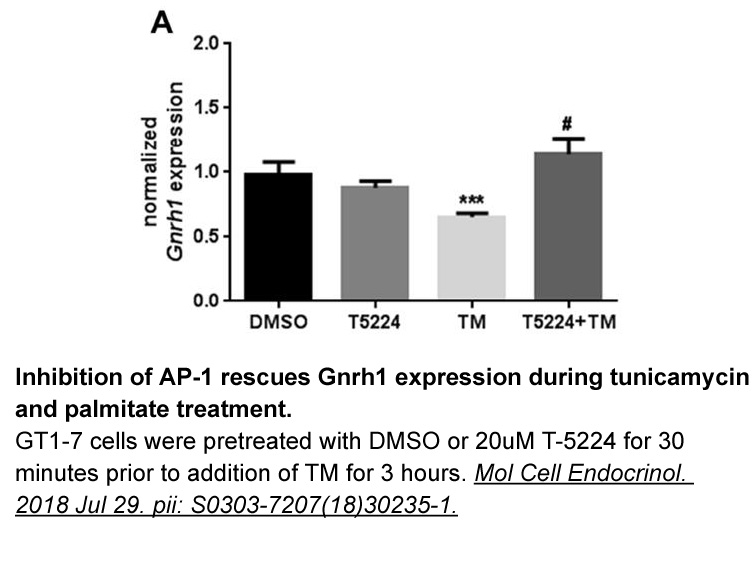
At the organismal level, skeletal muscle, lung and adipose tissues mediate net de novo synthesis and release of glutamine, whereas net glutamine catabolism occurs in the kidney [7]. The liver exhibits net glutamine consumption coupled to urea production in the post-absorptive state, and net glutamin
-
For the first series we
2023-09-11
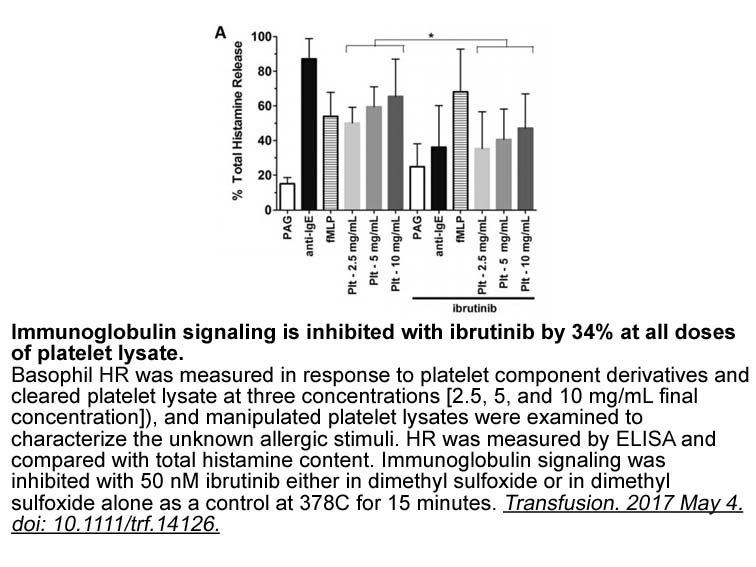
For the first series we decided to verify the effects induced, on the ALR2 inhibitory properties, of an additional steric hindrance on the carbon in α position with respect to the carboxylic group, by introducing a methyl group (R2=Me). Therefore, we synthesized a series of new α-alanine derivatives
-
br Discussion With recently improved understanding of the
2023-09-11
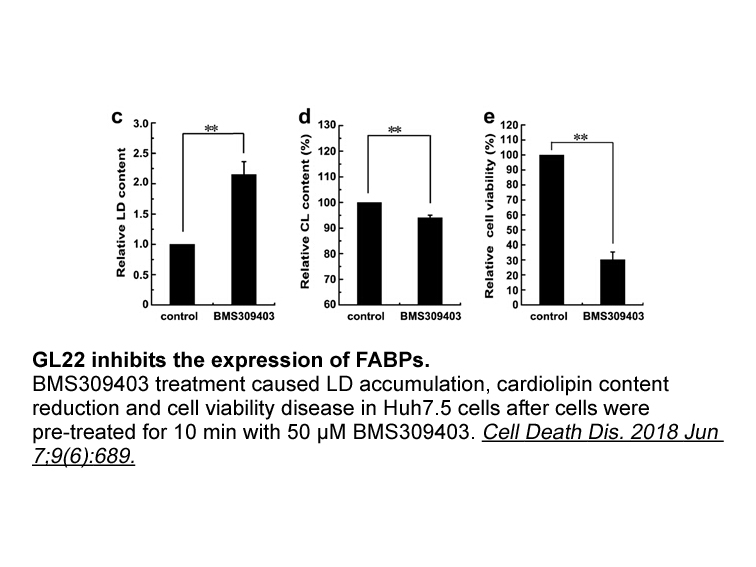
Discussion With recently improved understanding of the role of βARK1 in the progression of HF and as a potential therapeutic target in HF, we explored the relationship between plasma βARK1, as a marker of chronic sympathetic overactivation, and physical symptoms in HF. Our main findings were 1)
15795 records 281/1053 page Previous Next First page 上5页 281282283284285 下5页 Last page